Toxin-FREE Floor Cleaning HOW-TOs
Notice how when the weather gets cold we close our doors and windows to keep the home warm? Sensible thing to do. But this has a downside: Fresh air is minimized and air doesn’t circulate as well (increasing chances of inhaling toxins).
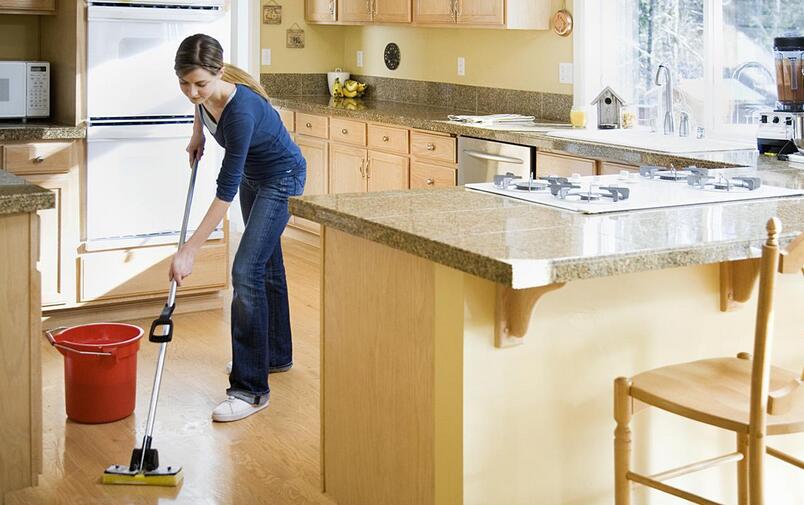
I mention this because of some kitchen-floor-mopping I need to do. Today, many of the popular cleaning products that promise an easy and sparkling floor, are terrible for our health. Consider, for instance, the EPA’s study of popular cleaners: they show high levels of pollutants (like formaldehyde, chloroform, and styrene) that cause eye irritation, dizziness, loss of concentration, fatigue, wheezing, coughing, asthma attacks, respiratory infections, and hypersensitivity pneumonitis.
If you use conventional cleaning products on your floor, think of it as swishing and swashing toxic chemicals across the largest surface area of your home. And please know that floor cleaners that give you shine also give you off-gassing of petroleum-based polymers. In addition, most of the fragrance that accompanies conventional floor cleaners are either indoor air pollutants on their own, or are inert on their own but mix with ozone to create formaldehyde and other toxic air contaminates.
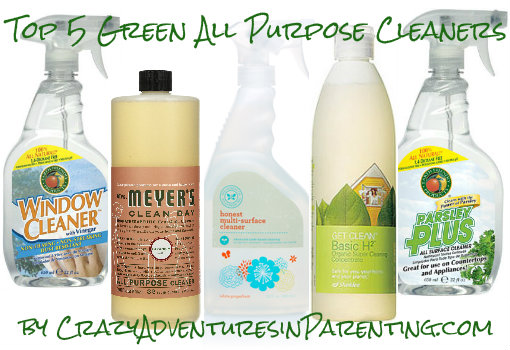
And while there are clean/green nontoxic cleaning products available, they tend to be expensive. Isn’t there a safe and not so costly way to clean our homes?
You bet. But first, let’s start with some “smart floor maintenance tips. The key to
minimizing the need for cleaning formulas is good regular maintenance. Dirt on the floor abrades the surface, making the floor even harder to clean. Therefore:
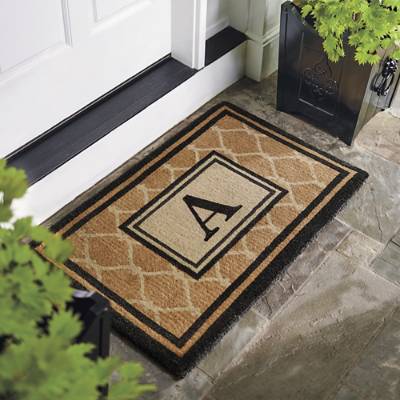
Place doormats at all entrances (called walk-off mats, they reduce not just dirt but lead and pesticides).
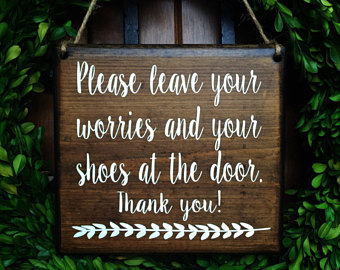
Ask that shoes be removed at the entrance.
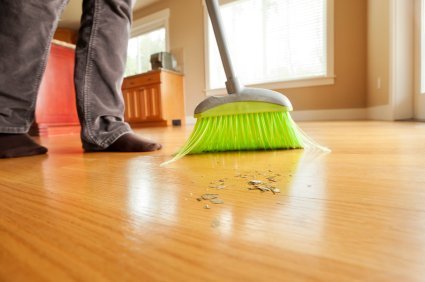
Plan regular sweeping, vacuuming or dust-mopping.
Now to the mopping: For floors with a surface finish (those that sit on top of the wood surface, like paint, varnish, polyurethane, acrylic and epoxy), the best non-toxic bet is ¼ cup of mild liquid dishwashing detergent added to a bucket of warm water (for damp mopping only, since water is an enemy to wood).
To damp mop, wet the mop, wring as much water out as possible, then go over the floor twice, first to dissolve the dirt and then again, after rinsing the mop and ringing it thoroughly, again to rinse. Buff the floor dry with a towel (easily done by attaching a towel to a clamp mop handle. To remove scuff marks rub them out with a sprinkle of baking soda on a damp sponge.
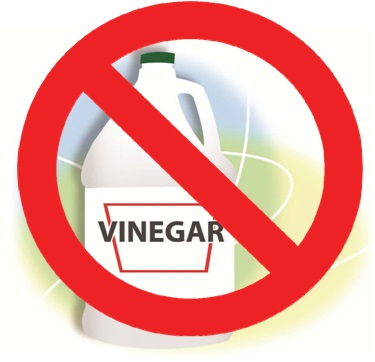
Avoid vinegar. While low pH cleaners (acidic, like vinegar) can dissolve hard water and mineral deposits, they can’t tackle dirt and grime. Because it’s an acid, it will eventually dull the finish. Same goes for ammonia cleaners. And some more DON’Ts:
• Don’t use oil soaps, wax cleaners, or products that promise “shine.” They leave build up and create problems when it’s time to put a new surface coat on the floor.
• Don’t use vinyl or tile floor care products on wood floors. Acrylic waxes make wood slippery and cloudy (which only sanding and refinishing fixes).
• Don’t use high pH cleaners (more alkaline, harsher soaps such as Spic ‘n Span); while good dirt- and grime-dissolvers, they also eventually dull the finish.
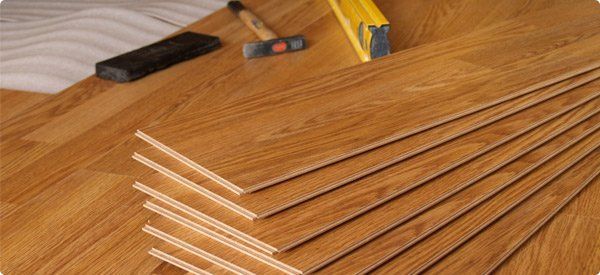
For laminate floors, avoid cleaners. You don’t need them. Just vacuum, use a dust mop and wipe with a damp cloth. And to clean spills, wipe with a damp cloth or sponge.
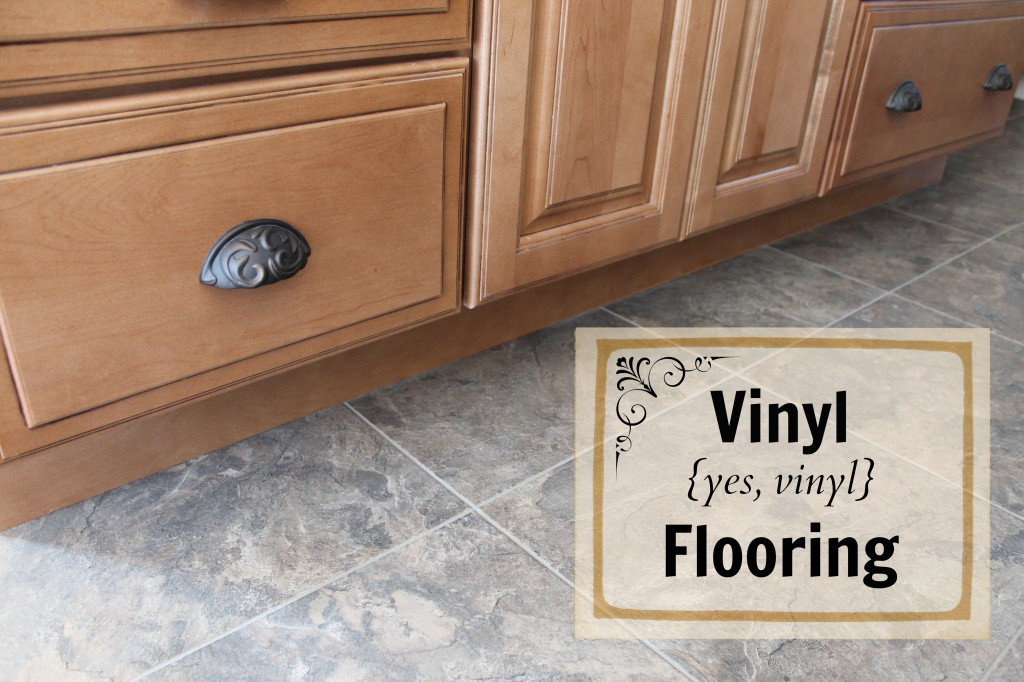
For resilient floors (vinyl, linoleum, and cork): don’t use solvent-base products (they soften and damage resilient flooring). And don’t scour the floor. For tough stains, make a paste of baking powder and gently wipe with a wet rag.
But DO:
• Sweep, dust mop or vacuum frequently.
• Damp mop with a mild all natural liquid dish detergent and warm water.
• Damp mop with a 1/2 cup of vinegar added to the water to rinse and increase shine.
• Remove scuffs by dipping a sponge in jojoba oil and rubbing lightly—then wipe.
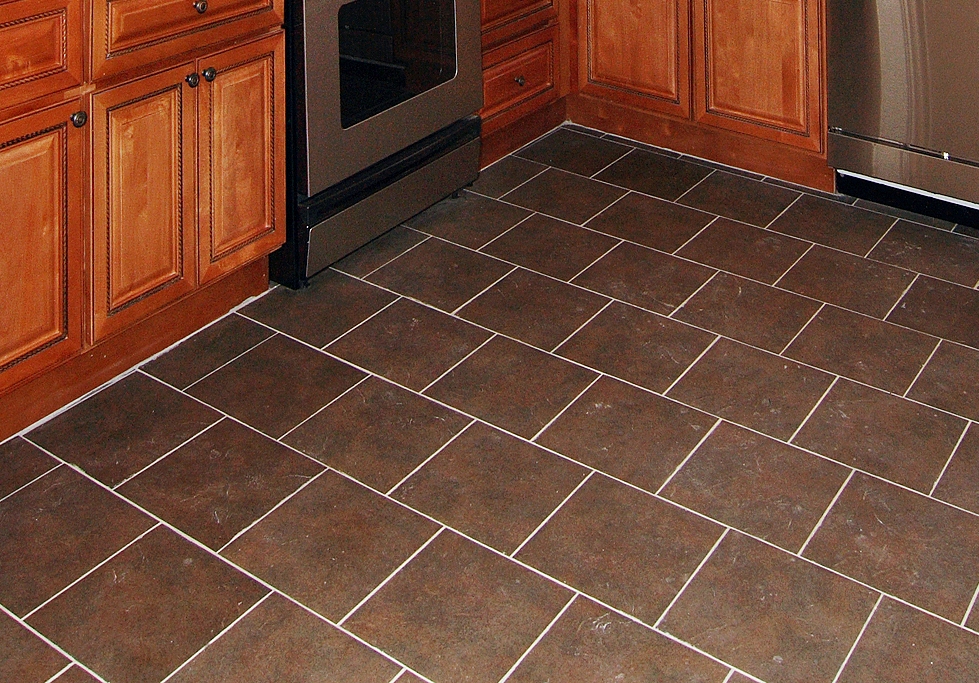
For ceramic floors: Always pre-wet ceramic tile before using any cleaners. The water saturates the porous tile and prevents the cleaning agents from penetrating into the tile body. Floor tiles should be always rinsed thoroughly after cleaning.
Don’t use harsh abrasive cleaners (they scratch the glaze) or acid-based cleaning solutions (they damage the glaze’s complex silicates).
But DO:
• Regularly sweep and vacuum to remove grit. Always start with the gentlest method possible, which may be as simple as warm water. If more is needed, then damp-mop tile with a low pH mild detergent. Dry the floor with a soft cloth to avoid streaks.
Finally, back to the green cleaners. Guess what they are? Mild detergent mixed with water and a little essential oil added for fragrance. Here’s a recipe for making your own green, toxin-free floor cleaner:
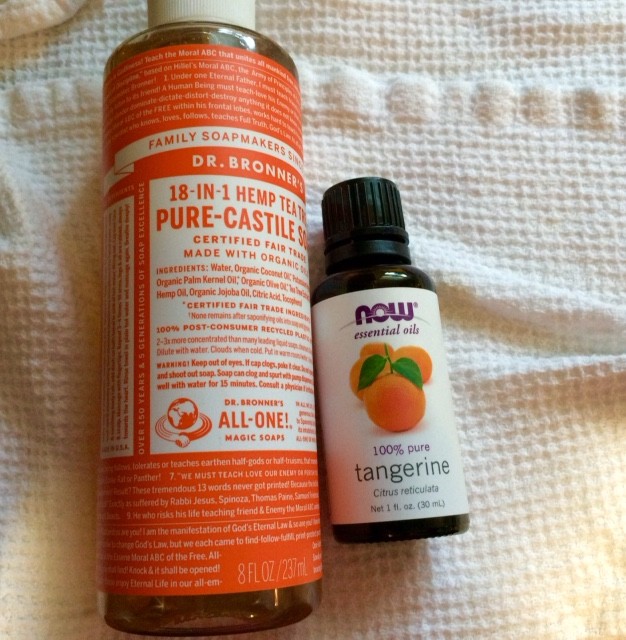
TOXIN-FREE FLOOR CLEANER
2 gallons hot water
2 tablespoons castile soap (or less)
5 drops tangerine or pine essential oil (or tea tree, lavender, peppermint or your favorite essential oil)
Add the hot water to a bucket, then the liquid castile soap and essential oil. Gently stir the ingredients together (you don’t want a ton of bubbles).
- www.mopreviewer.com
- www.crazyadventuresinparenting.com
- www.frontgate.com
- www.etsy.com
- www.fateclick.com
- www.dbtile.com
- www.moldfreeliving.com
- www.gumtree.com
- www.biteinto.info.com
- www.palettesnquills.com
 Alice Osborne
Alice Osborne
DVO Newsletter Contributor since 2006
Email the author! alice@dvo.com
